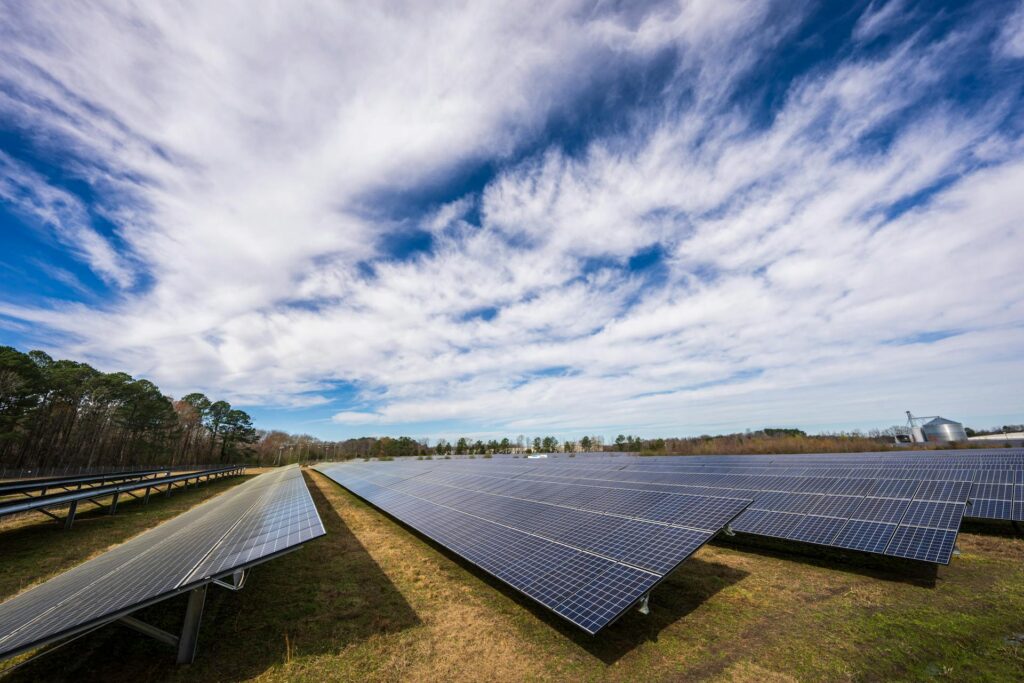While photovoltaic technology focuses on converting sunlight directly into electricity, solar thermal energy systems harness the sun’s heat for various applications. This technology has been used for centuries in simple forms, such as passive solar heating, and has evolved into sophisticated systems for water heating, space heating, and even electricity generation.
Solar water heating is one of the most common and cost-effective applications of solar thermal energy. Solar collectors, typically mounted on rooftops, absorb sunlight and transfer the heat to water or a heat-transfer fluid. This heated fluid can then be used directly for domestic hot water needs or to supplement conventional water heating systems.
Solar space heating systems utilize solar collectors to capture solar energy and transfer it to the interior of buildings. Passive solar design principles, such as south-facing windows and thermal mass, can also be used to maximize the absorption and storage of solar heat. Active solar heating systems use pumps and fans to circulate the heated fluid or air throughout the building.
Concentrated solar power (CSP), as mentioned earlier, is another significant application of solar thermal energy for electricity generation. Large arrays of mirrors focus sunlight onto a receiver, generating high temperatures. This heat is then used to produce steam, which drives turbines to generate electricity. CSP plants often incorporate thermal storage, allowing for electricity generation even after sunset.
Industrial process heat is another growing application of solar thermal technology. Solar collectors can be used to generate the heat required for various industrial processes, such as drying, sterilization, and chemical reactions, reducing reliance on fossil fuels.
Solar thermal energy offers several advantages, including high efficiency in converting sunlight to heat and the potential for thermal storage. It can be a cost-effective solution for water and space heating, reducing energy bills and carbon emissions.
As the world transitions towards a more sustainable energy future, solar thermal technology will continue to play a vital role in meeting our heating and electricity needs. Its versatility and efficiency make it a valuable component of a diversified renewable energy portfolio.
